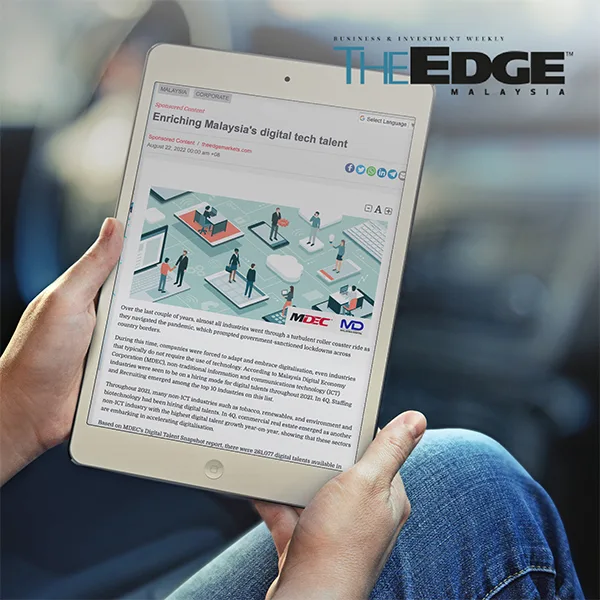A quiet revolution is transforming how Malaysian businesses manage their finances. If you are in HR, finance, or senior management, you have likely started to feel its impact.
- Real-time validations
- Structured digital formats
- Instant reporting to LHDN
Welcome to the era of mandatory e-invoicing. This is not a choice. It is a regulatory requirement that is already unfolding.
Why This Matters Right Now
E-invoicing is not a future headline. It is already in motion, and deadlines are rapidly approaching.
Failure to act on time can lead to serious consequences:
- Late implementation may result in financial penalties
- Incomplete or incorrect records can trigger audits
- Misunderstood tax rules could lead to unplanned financial liabilities
Most companies are not ignoring this change out of neglect. The challenge is that the system feels complex, and clear guidance has been lacking. Many teams are left navigating it without the right context or training.
From Technical Confusion to Organisational Clarity
E-invoicing is not just an IT or finance issue. It requires readiness across the organisation.
Here are three common misconceptions that need immediate attention:
“Only the accounts department needs to worry about this.”
Not true. HR, IT, operations, and procurement all touch invoicing processes in some way. Alignment is essential.
“We’re too small for this to apply to us.”
Not accurate. E-invoicing will apply to companies of all sizes through phased implementation by LHDN.
“The software will take care of it.”
Incorrect. Software alone is not the solution. It must be properly configured, and users must understand how to operate it and manage exceptions.
What Most Companies Overlook
Many businesses focus on getting a system in place, but ignore the real risks hidden beneath the surface. These include:
- Incorrectly classifying capital allowances
- Claiming expenses that are not deductible under tax law
- Overlooking tax implications for director-related transactions
- Failing to manage cross-border invoicing complexities
- Assuming the MyInvois portal is plug-and-play, when it requires integration and process clarity
E-invoicing is a structured system, not a flexible spreadsheet. Errors are flagged immediately, which increases accountability and scrutiny.
This Is About More Than Compliance. It’s About Business Credibility.
Every time an invoice is delayed, rejected, or questioned, the cost is more than just financial.
It affects:
- Your payment cycles
- Your vendor and client relationships
- Your internal confidence during audits
- Your credibility with LHDN
Ask yourself:
- Is your team fully aware of e-invoicing rules and implementation timelines?
- Can they confidently explain capital allowance classification or deemed director interest?
- Is your MyInvois integration tested, stable, and understood by everyone involved?
If the answer is no, then this is not simply a system issue. It is a business risk that needs immediate attention.
The Way Forward: Build a Compliant and Confident E-Invoicing System
Compliance is the baseline. Your real goal should be operational clarity and consistency. To achieve this:
- Provide cross-departmental training on e-invoicing and tax implications
- Engage a consultant to assess system readiness and tax exposure
- Integrate your ERP or accounting software with MyInvois intentionally, not reactively
- Document and test all invoicing processes internally
- Establish a team or task force to monitor ongoing compliance
When e-invoicing becomes your new normal, there is no more room for guesswork. The faster your business adapts, the more confident and audit-proof your operations become.
Malaysia HR Forum offers training and advisory support for companies preparing for e-invoicing. Our sessions are tailored to ensure your HR, finance, and operations teams are aligned, informed, and ready to lead the transition.








